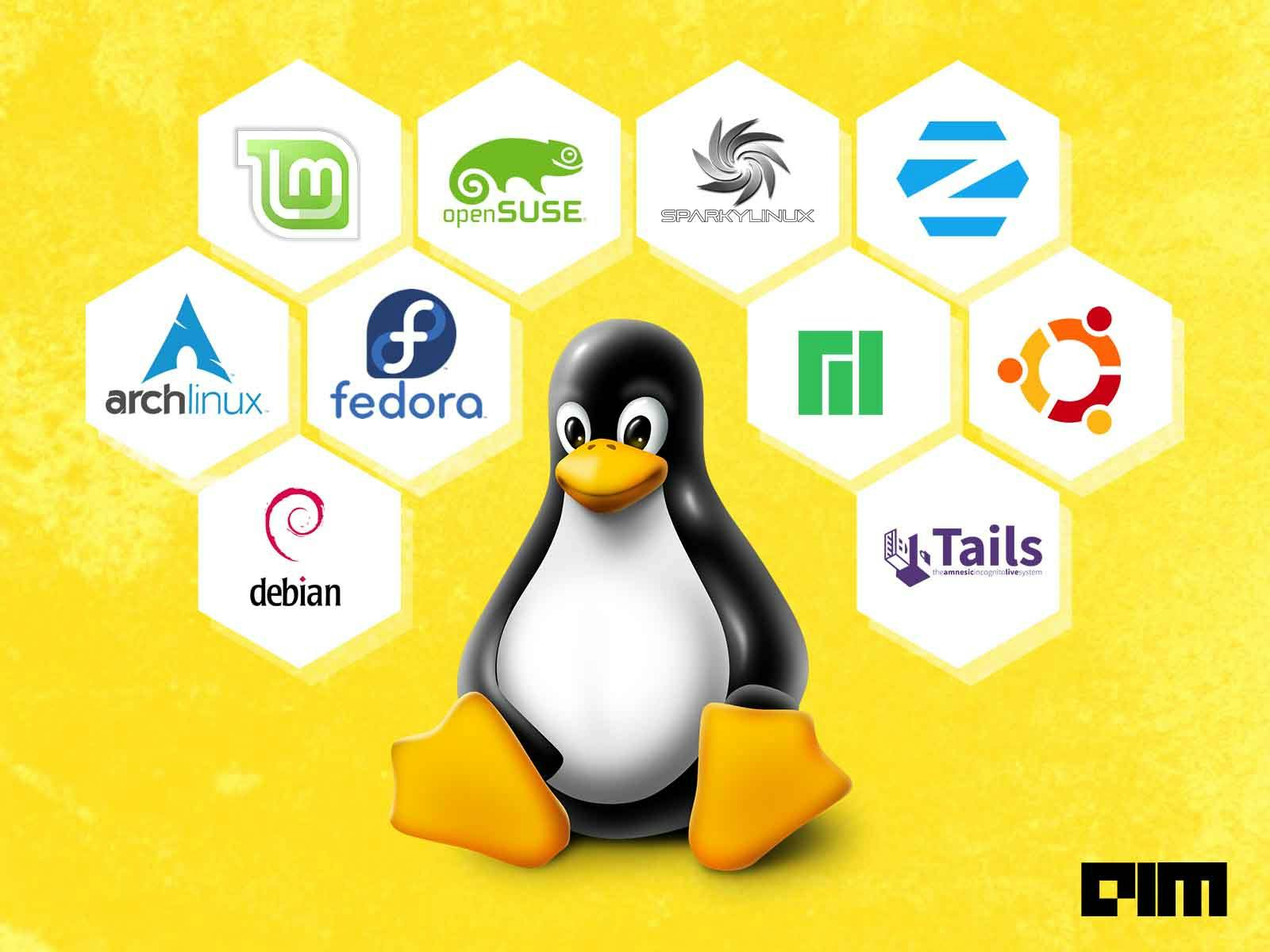A Layman's Guide to Linux: A Brief History
Exploring the Evolution and Impact of Linux: From Hobby Project to Open-Source Powerhouse
Linux is a free and open-source operating system for computers. It is one of the most prominent examples of free and open-source software. The Linux kernel was originally created as a collaborative project between programmers from around the world who came together to develop the operating system.
Linux is a computer operating system and, like other operating systems, it runs on a computer. Linux is different from DOS and Windows because it is not typically sold for use on the home or business desktop.
Introduction to Linux
Linux is typically used on servers, mainframes, and supercomputers, but it can also be installed on personal computers and laptops. It is available for a wide variety of architectures, including x86, ARM, and PowerPC.
There are many different distributions of Linux, each with its own unique set of features and applications. Some of the most popular distributions include Ubuntu, Debian, Fedora, Mint, and Arch.

When you install Linux on your computer, you will need to choose a distribution that best meets your needs. You will also need to choose a desktop environment or window manager if you want to use a graphical user interface (GUI). The most popular desktop environments for Linux include GNOME and KDE Plasma.
Once you have installed Linux on your computer, you can start using it right away. There are many applications available for Linux that can be used for productivity, and office work.
Linus Torvalds
In 1991, while studying Computer Science at the University of Helsinki, Finland, Linus Torvalds began a project that later became the Linux Kernel. He wrote the program specifically for the hardware he was using independent of any operating system because he wanted to use the functions of his new PC with an 80-386 processor.
He also compiled or developed several external ingredients to construct an entire Operating System with his Linux kernel at the centre. The kernel is the program that underlines everything else that communicates with the hardware such as CPU, Memory and attached devices.
Birth of Linux
On 25th August 1991, Linus Torvalds posted about Linux for the first time on a Usenet newsgroup named comp.os.minix.
" I'm doing a (free) operating system (just a hobby, won't be big and professional like gnu) for 386(486) AT clones. This has been brewing since April and is starting to get ready. I'd like any feedback on things people like/dislike in minix, as my OS resembles it somewhat (same physical layout of the file system (due to practical reasons) among other things).
I've currently ported bash(1.08) and gcc(1.40), and things seem to work. This implies that I'll get something practical within a few months, and I'd like to know what features most people would want. Any suggestions are welcome, but I won't promise I'll implement them :-)
PS. Yes - it's free of any minix code, and it has a multi-threaded fs. It is NOT portable (uses 386 task switching etc), and it probably never will support anything other than AT-harddisks, as that's all I have :-(. "
Due to the Open nature of the project, many developers came on board to contribute code. The majority of the work on Linux is done by a community of programmers all around the world. They use Linux and send their suggested improvements to the maintainers. Various companies have been also working and helping not only with the development of the kernels but also with the writing of the body of the auxiliary systems distributed along with Linux.
GPL
In 1992, the Linux kernel was relicensed using the General Public License or the GPL. This was done by a project of the Free software Foundation (FSF), which promotes freely available software. This series of events led to the creation of the First distribution of Linux.
1993
By 1993, over 100 developers work on the Linux Kernel. with their assistance the kernel is adapted to the GNU environment that creates a large spectrum of application types. Slackware is released for the first time and is the oldest distribution being maintained even today.
Later that same year, the Debian project is established. It is the largest open-source Linux Distribution today parenting the popular Ubuntu Series.
1994
Torvalds judges all the components of the Kernel to be fully matured. He releases version 1.0. The ex-free 86 project contributes to the Graphical User Interface.
Commercial Linux Distribution makers RedHat and SUSE release version 1.0 of their Linux Distributions.
1996 - The Linux Mascot
Torvalds announces that there will be a Mascot for Linux - A Penguin. This is because around the same time Torvalds was bitten by a Penguin during a visit to a National zoo and aquarium in Canberra, Australia.
Version 2.0 of the Linux Kernel was released. The kernel could now serve several processors at the same time using symmetric multiprocessing and thereby became a serious alternative for many companies.
1998 - 1999
Many major companies like Oracle, Compaq and IBM announced their support for Linux.
Cathedral and the Bazaar - An essay and later a Book was published. This brought Linux's Open Source Development Model to the public eye. In addition, a group of programmers develop a Graphical User Interface (GUI) called the KDE.
In 1999 a new GUI GNOME was released destined to become a replacement for KDE. Also, IBM announces an extensive project for the support of Linux.
-
The Legend of Linux
Since 2000, many new distributions of Linux have been developed both as open-source projects and as enterprise solutions for Businesses. Today Linux's dynamic nature, interoperability and community have given competition not just to Microsoft's Windows but it is also widely used in Desktops and Smart Phones.
Conclusion
Linux is a free and open-source operating system that has evolved significantly over the years. It was initially created by Linus Torvalds, who posted about it on Usenet in 1991. Since then, the project has grown tremendously, with hundreds of developers around the world contributing to the kernel and other components of the operating system.
Linux is used on a wide variety of architectures, from supercomputers to personal computers and laptops. It offers users a choice of different distributions, each with its own unique set of features and applications.
Linux's open-source development model has brought it to the public eye, with major companies like IBM and Oracle announcing their support for Linux. Today, Linux is known for its dynamic nature, interoperability, and reliability, making it a popular choice for businesses and individuals alike.
